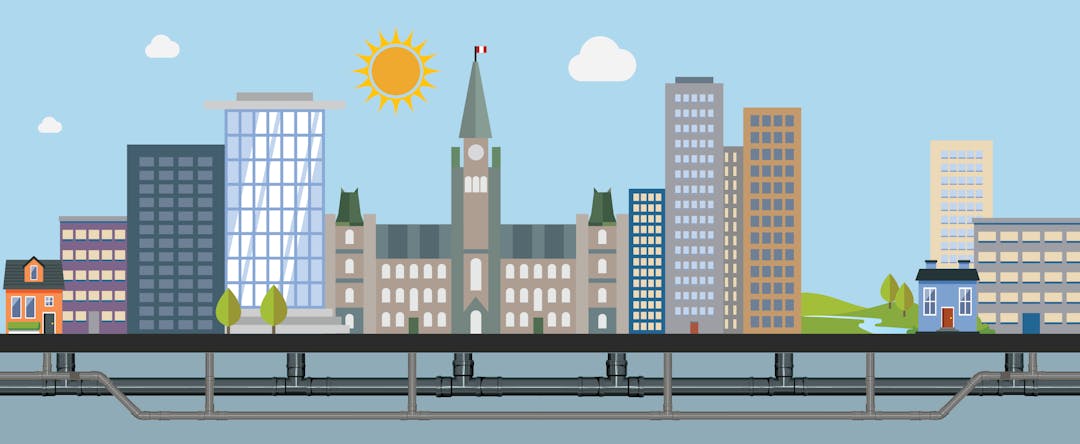Water rate structure review

The City is reviewing how we recover the costs to deliver water, wastewater and stormwater services. Through this review, the City aims to implement a more equitable and transparent method of stormwater billing for all. The review is guided by six principles approved by City Council.

Why is the City reviewing the rate structure?
Council has directed City staff to review how we recover the costs to deliver water, wastewater and stormwater services. The review will look at the rate structure to make sure that it is still serving the needs of our residents and businesses, while still providing the funding necessary to provide exceptional services. In reviewing the water-rate structure, the City aims to implement a more equitable and transparent method of water, wastewater and stormwater billing for all.
- To maintain transparency and accountability, the fees for water and wastewater will continue to be separate charges and will each continue to all have a fixed component.
- To better align the fixed costs to deliver services with fixed costs recovered from bills.
- To explore ways that ensure small and large users are charged a similar proportion of fixed fees on their bills.
- To explore ways that continue to reward water conservation while creating an economically competitive environment for businesses.
- To simplify rate structures for property owners.
Water, wastewater and fire supply
The current rate structure is a combination of fixed and variable (consumption-based) charges for water and wastewater services and a fixed fee for fire supply services. Fixed charges reflect some of the fixed costs to deliver reliable drinking water and sewer services. The majority of the costs to deliver water and wastewater services are fixed however only 20% of the costs to deliver these services are recovered from fixed charges and remainder is based on how much water a property uses.
How could this review affect my water and wastewater rates?
- The split between the fixed and variable charges on your bill could change.
- Different tiering structures and usage rates based on your property type and your consumption.
- Residential and properties with small meters could see a lower fixed charge on their bill and a higher variable rate.
- Properties with large meters could see a higher fixed charge on their bill and a lower variable rate.
Stormwater
The existing stormwater fee structure, established in 2016, utilized property assessment values to determine stormwater rates for non-residential properties. During the last review, City Council directed staff to explore options that consider impervious space as the basis for fee calculation. Impervious space data, which has a direct correlation with the amount, quality, and rate of stormwater runoff, was not as readily available as it is today. The City is revisiting this method to better understand the views of all property owners and the unique situations different properties may face.
What is impervious space?
Impervious space refers to the total paved or other hard surface area of a property, such as building and structure rooftops, which are considered highly resistant to the infiltration of water. All property owners benefit from both stormwater reduction on their private property as well as the flooding prevention from shared infrastructure such as roads, sidewalks, parks and paths.
How could this review affect my stormwater rate?
- Residential properties will see minimal changes as the current charge is calculated based upon average impervious space.
- Non-residential properties will experience more equitable and transparent charges based on impervious space rather than property assessment.
- Properties that don’t pay a stormwater fee today could contribute a minimum fee to the city’s shared infrastructure.
- Properties with high concentrations of impervious space could have a rate change.
What happens next?
A robust consultation plan across the city will continue into fall 2024. All feedback received will be reviewed and consolidated to inform the development of water rate structure options. These options will be presented to the Environment and Climate Change Committee, the Agricultural and Rural Affairs Committee and City Council in 2025.
Accessible formats and communication supports are available, upon request.


